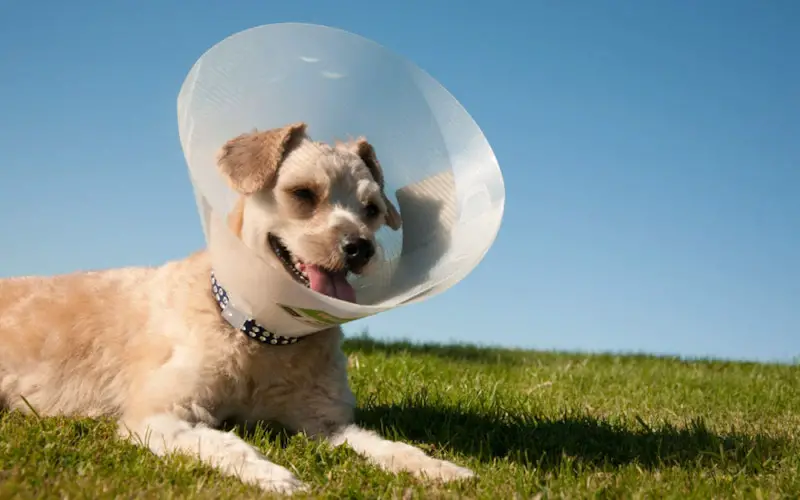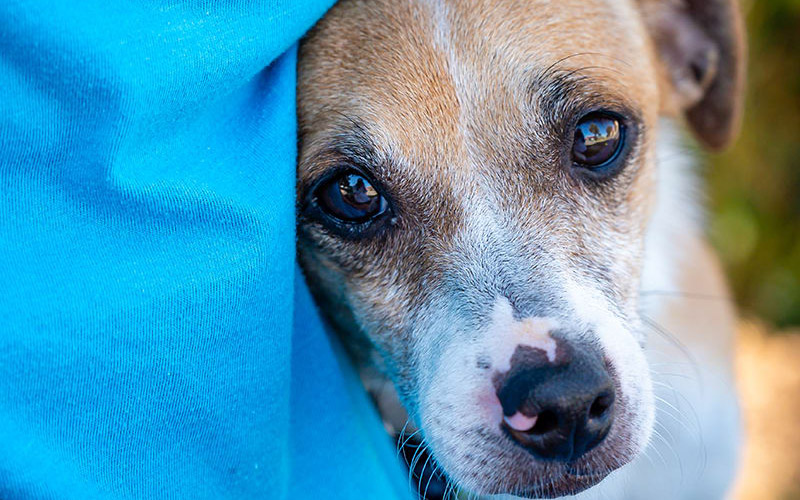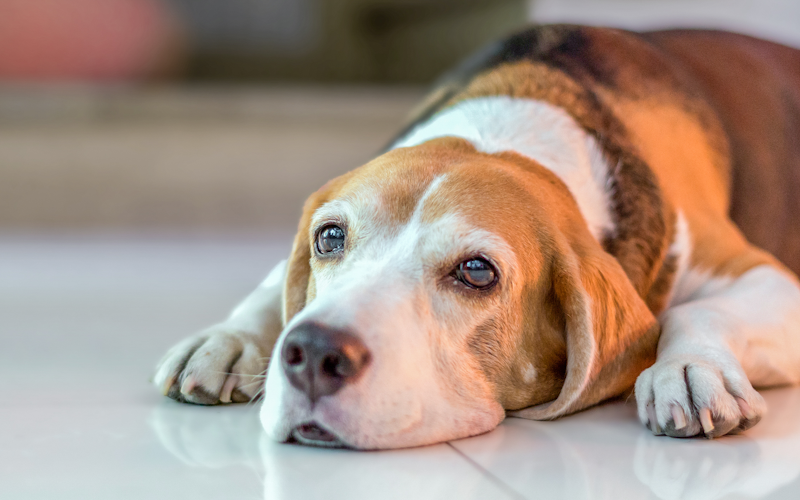If your dog has recently undergone surgery, you might notice that they are having trouble with their bowel movements. Constipation is a common post-operative complication that can affect your dog’s health and comfort. In this article, we will explain the causes, symptoms, and treatment options for dog constipation after surgery. We will also give you some tips on how to prevent and manage this condition in the future.

Causes of Dog Constipation After Surgery
Constipation is defined as the inability or difficulty to pass stools normally. There are many factors that can contribute to dog constipation after surgery, such as:
- Pain and discomfort: Your dog might be reluctant to defecate because of the pain or discomfort caused by the surgery site, stitches, or incision. They might also avoid certain postures or movements that put pressure on their abdomen or pelvic area.
- Dehydration: Your dog might lose fluids during or after the surgery, which can lead to dehydration. Dehydration can cause the stools to become hard and dry, making them difficult to pass.
- Medications: Some medications that your dog might receive after the surgery, such as opioids, anti-inflammatories, or antibiotics, can have constipating effects. They can slow down the intestinal motility, reduce the secretion of fluids, or alter the gut flora.
- Dietary changes: Your dog might have a reduced appetite or a restricted diet after the surgery, which can affect their fiber and water intake. Fiber and water are essential for maintaining a healthy and regular bowel movement.
- Underlying medical conditions: Your dog might have a pre-existing or undiagnosed medical condition that can cause or worsen constipation, such as hypothyroidism, kidney disease, or prostate problems.
Symptoms of Dog Constipation After Surgery
The symptoms of dog constipation after surgery can vary depending on the severity and duration of the condition. Some of the common signs that your dog is constipated are:
- Straining to defecate: Your dog might spend a long time in the squatting position, trying to push out the stools. They might also vocalize, pant, or show signs of distress or frustration.
- Hard, dry stools: The stools that your dog passes might be hard, dry, small, or pellet-like. They might also have traces of blood or mucus on them.
- Less frequent bowel movements: Your dog might have fewer or no bowel movements for several days after the surgery. The normal frequency of bowel movements for dogs varies depending on their size, diet, and activity level, but generally, they should defecate at least once a day.
- Abdominal discomfort: Your dog might show signs of abdominal discomfort, such as bloating, gas, or tenderness. They might also arch their back, tuck their tail, or lick their anus.
- Loss of appetite: Your dog might lose interest in food or water, which can worsen their dehydration and constipation. They might also vomit or have nausea.

Treatment Options for Dog Constipation After Surgery
If your dog is constipated after surgery, you should consult your veterinarian as soon as possible. They will examine your dog and determine the cause and severity of the constipation. They will also prescribe the appropriate treatment for your dog, which might include:
- Dietary changes: Your veterinarian might recommend changing your dog’s diet to include more fiber and water. Fiber can help soften the stools and stimulate the intestinal movement, while water can help hydrate the stools and prevent them from drying out. You can add fiber to your dog’s diet by giving them canned pumpkin, bran, or psyllium husk. You can also add water to your dog’s food or offer them broth or ice cubes. However, you should avoid giving your dog dairy products, bones, or high-fat foods, as they can worsen the constipation.
- Increased water intake: Your veterinarian might advise you to increase your dog’s water intake to prevent dehydration and constipation. You should provide your dog with fresh and clean water at all times, and encourage them to drink more by adding flavor to their water, such as chicken broth or tuna juice. You can also use a fountain or a bowl that makes noise to attract your dog’s attention.
- Stool softeners: Your veterinarian might prescribe stool softeners for your dog, which are medications that help moisten and soften the stools, making them easier to pass. Some examples of stool softeners are lactulose, docusate sodium, or mineral oil. You should follow your veterinarian’s instructions on the dosage and frequency of the stool softeners, and monitor your dog’s response to them.
- Laxatives: Your veterinarian might prescribe laxatives for your dog, which are medications that help stimulate the intestinal movement and increase the passage of stools. Some examples of laxatives are bisacodyl, senna, or magnesium sulfate. You should follow your veterinarian’s instructions on the dosage and frequency of the laxatives, and monitor your dog’s response to them. You should also be careful not to overuse laxatives, as they can cause diarrhea, dehydration, or electrolyte imbalance.
- Enemas: Your veterinarian might perform an enema for your dog, which is a procedure that involves injecting a liquid solution into the rectum to soften and flush out the stools. Enemas can be effective for relieving severe or chronic constipation, but they can also be risky and uncomfortable for your dog. Therefore, you should never attempt to give your dog an enema at home, and leave it to the professionals.
- Surgery: In rare cases, your veterinarian might recommend surgery for your dog, if the constipation is caused by an obstruction, a tumor, or a hernia. Surgery can help remove the blockage or the abnormal tissue, and restore the normal function of the intestines. However, surgery is usually the last resort, and it involves risks and complications, such as infection, bleeding, or anesthesia reaction.

Conclusion
Dog constipation after surgery is a common and treatable condition that can affect your dog’s health and comfort. By knowing the causes, symptoms, and treatment options for dog constipation after surgery, you can help your dog recover faster and prevent further complications. However, the best way to deal with dog constipation after surgery is to prevent it from happening in the first place. You can do this by:
- Following your veterinarian’s instructions on the post-operative care for your dog, such as the medications, diet, and activity level.
- Keeping your dog hydrated and well-fed, with adequate fiber and water intake.
- Monitoring your dog’s bowel movements and behavior, and reporting any changes or concerns to your veterinarian.
- Seeking veterinary attention as soon as you notice signs of constipation in your dog, and following the prescribed treatment plan.
Remember, your dog’s constipation after surgery is not their fault, and they need your love and support to get through this difficult time. If you have any questions or doubts about your dog’s constipation after surgery, don’t hesitate to contact your veterinarian for professional advice. They are the best source of information and guidance for your dog’s health and well-being.
